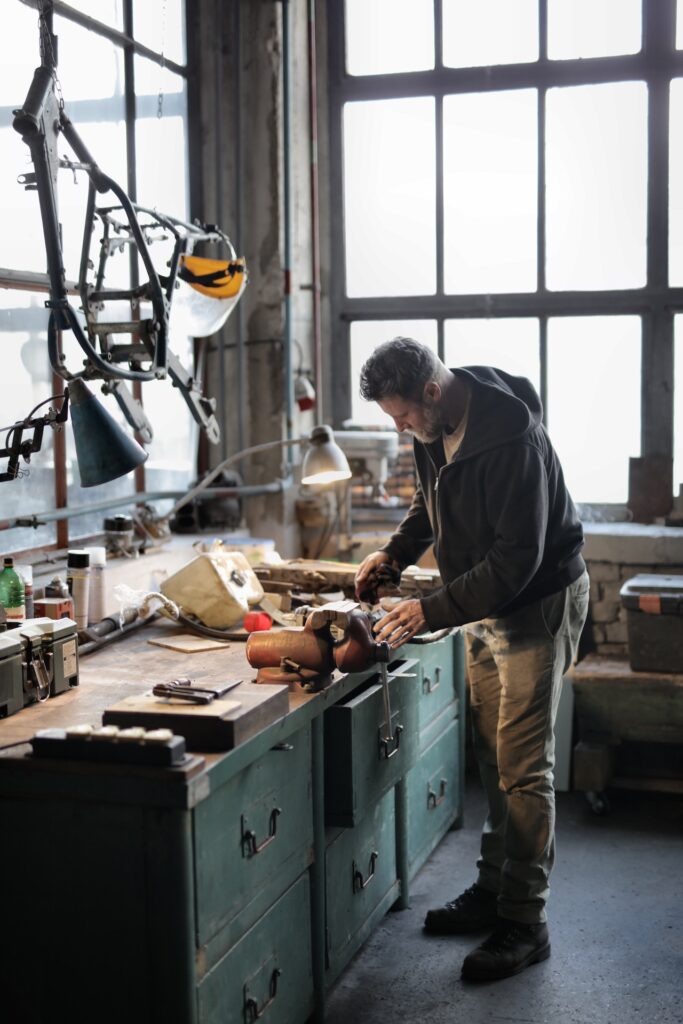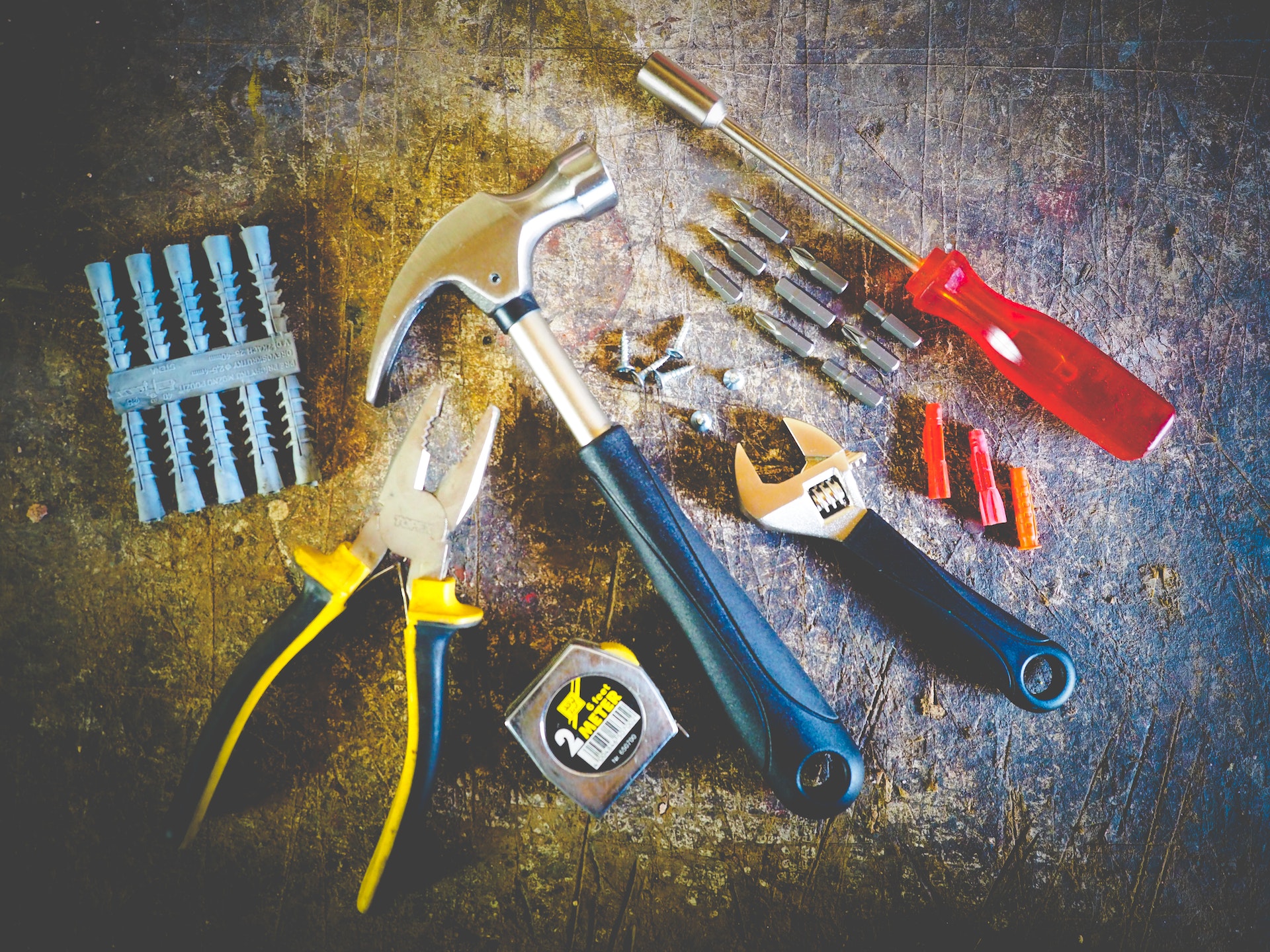
In a world that often seems dominated by a throwaway culture, where it’s often easier to replace items than repair them, the idea of fixing and refurbishing second-hand goods is gaining ground. There’s a growing recognition of the environmental and economic benefits of repairing items instead of discarding them and buying new replacements. In this blog post, we’ll explore why repairing second-hand goods makes sense and how to go about it.
Why Repair Second-Hand Goods?
1. Environmental Impact: Repairing second-hand items significantly reduces waste. When you fix a broken electronic device, a piece of furniture, or a clothing item, you prevent it from ending up in a landfill. By extension, you help reduce the need for new manufacturing, which often comes with substantial energy and resource consumption. Repairing contributes to a more sustainable and eco-friendly way of life.
2. Cost Savings: Repairing can save you a substantial amount of money. Buying a brand-new item, whether it’s a smartphone or a piece of furniture, can be expensive. Repairing a second-hand item, on the other hand, is often far more budget-friendly. Plus, it allows you to acquire high-quality goods at a fraction of the price.
3. Unique and Personalized Items: Repairing second-hand goods can help you create unique, personalized items with character. When you take the time to repair and restore an item, you can make it truly your own. It’s a chance to express your creativity and style while also having a functional and meaningful item.
What Can You Repair and How?
- Electronics: With electronic items, you can often perform troubleshooting and diagnostics to identify and fix software or hardware issues. Battery replacement, screen replacement, or component replacement are common repair tasks. Many online tutorials and communities offer guidance for specific models.
- Furniture: For furniture, reupholstery can give new life to old pieces. Repairing frames, whether wood or metal, can extend their life and structural integrity. Sanding and refinishing wood furniture can bring back its original luster.
- Clothing: Basic sewing and patching are essential skills. You can mend tears, rips, or loose hems in clothing. If you’re feeling more ambitious, you can experiment with fabric dyeing or printing techniques to refresh or personalize garments.
- Appliances: Regular cleaning and maintenance are essential for appliance longevity. Simple tasks like cleaning filters, defrosting freezers, and checking seals can prevent issues. Part replacement is often possible with guidance from the manufacturer or a repair professional.
- Tools: Sharpening hand tools can give them new life. You can learn to restore a knife’s edge, chisels, or gardening shears with the right equipment. For tools with damaged or worn-out handles, you can replace them, often with minimal cost and effort.
- Automobiles and Bicycles: Basic maintenance is crucial for vehicles. Regular oil changes, brake adjustments, and tire replacement are typical maintenance tasks. More complex repairs can range from fixing minor dents to replacing engine components.
- Jewelry and Watches: Routine cleaning and polishing of jewelry can restore its original brilliance. Replacing watch batteries is a common repair for watches. Watch bands can also be replaced or repaired.
In Conclusion
Repairing second-hand goods is a win-win scenario. It’s a sustainable practice that helps reduce waste and minimizes the environmental footprint of manufacturing. Simultaneously, it saves you money, lets you create unique items, and fosters a sense of self-reliance and creativity. Whether you’re a seasoned DIY enthusiast or new to the world of repairs, there’s a wealth of online resources, tutorials, and communities to support your endeavors. So, next time you come across a second-hand gem, consider repairing and restoring it instead of heading to the store for a new purchase. Your wallet and the planet will thank you.
